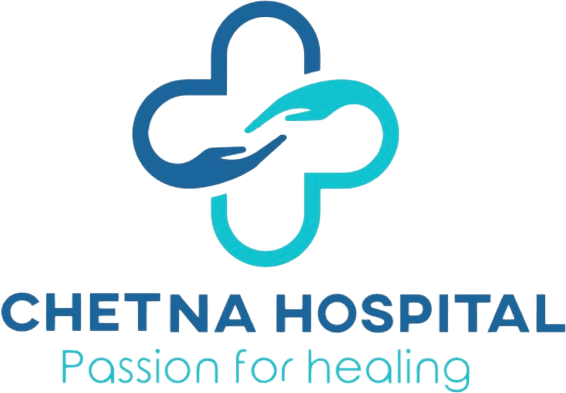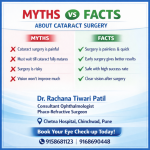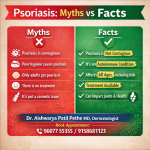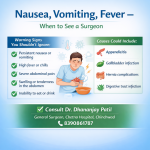Keratoconus is a progressive eye disease that affects the cornea — the clear, dome-shaped front surface of the eye responsible for focusing light. In individuals with keratoconus, the cornea becomes thin and gradually bulges outward into a cone shape. This distortion of the cornea leads to blurry, distorted vision, sensitivity to light, and difficulty with night vision.
While it might start subtly, keratoconus can significantly impact daily life if left untreated. Early diagnosis and intervention can help preserve vision and prevent complications.
🔍 What Causes Keratoconus?
The exact cause of keratoconus is not fully understood, but it is believed to be due to a combination of genetic, environmental, and hormonal factors. It often begins during adolescence or the early twenties and may progress slowly for 10–20 years. Risk factors include:
- Family history of keratoconus
- Frequent eye rubbing
- Allergic eye diseases (like vernal conjunctivitis)
- Certain systemic disorders such as Down syndrome or connective tissue diseases
👁️ Symptoms to Watch Out For
Keratoconus usually affects both eyes, although not always equally. Common symptoms include:
- Blurred or distorted vision
- Increased sensitivity to light and glare
- Sudden or frequent changes in eyeglass prescription
- Difficulty seeing at night
- Seeing halos or ghosting around lights
In the early stages, vision problems may be corrected with glasses. However, as the disease progresses and the cornea becomes more irregular, glasses may no longer provide adequate vision, and specialized contact lenses may be needed.
🧪 Diagnosis
At Chetna Hospital’s Eye Department, we use advanced diagnostic tools to detect keratoconus early. These include:
- Corneal topography – maps the shape of the cornea
- Pachymetry – measures corneal thickness
- Slit-lamp examination – identifies visible signs of keratoconus
Early diagnosis is crucial because intervention in the early or moderate stages can slow or halt the progression of the disease.
⚕️ Treatment Options
The choice of treatment depends on the stage and severity of the disease:
- Eyeglasses or Soft Contact Lenses – for early-stage keratoconus
- Rigid Gas Permeable (RGP) or Hybrid Contact Lenses – for improved vision in moderate stages
- Corneal Collagen Cross-Linking (CXL) – a minimally invasive procedure that strengthens corneal tissue to stop progression
- INTACS (corneal implants) – small curved devices inserted into the cornea to improve shape and vision
- Corneal Transplant (Keratoplasty) – for advanced cases where the cornea becomes too thin or scarred
Contact us on 9168690448 / 9158681123
Website – www.chetnahospital.co.in
Address – Chetna Hospital, Sambhajinagar, MIDC, G Block, Near Rotary Club, Chinchwad 411019
.
.
.
#hospital#pune#pcmc#chinchwad#medical#medicalservices#dryeyetreatment#dryeyerelief#dryeyedisease#dryeyetherapy#catract#catractsurgery#catracteyesurgery#catracteyeoperation#eyedoctor#eye#glaucoma#conjunctivitis#ophthalmologist#eyediseases#eyepain#pinkeye#hazeleyes#myopia#eyeinfection#amblyopia#dryeyesyndrome#eyeproblems#motibindu#motibinduoperation













